War and Peace. Augmented Reality Sights and Navigation Systems
This Friday, we propose to talk about the evolution of scopes, in which augmented reality technologies also played a role.
Most technological breakthroughs and new technologies are most often forged in the crucible of war, and in war they are tested and improved.
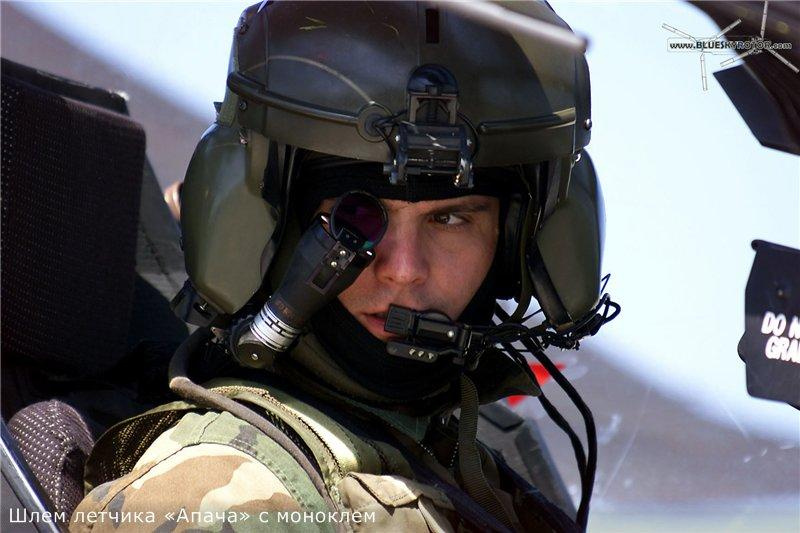
Collimator sights and projection displays (HUD) are no exception. Attempts to improve the aiming devices of firearms have been made since its invention. There were experiments with open and closed sights.
Various types and forms of open sights with the front sight and the whole were invented:

Ring sights, aperture and dioptric:
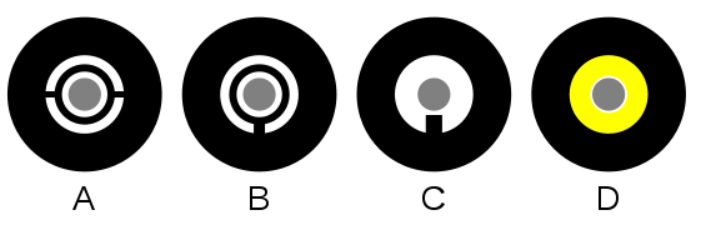
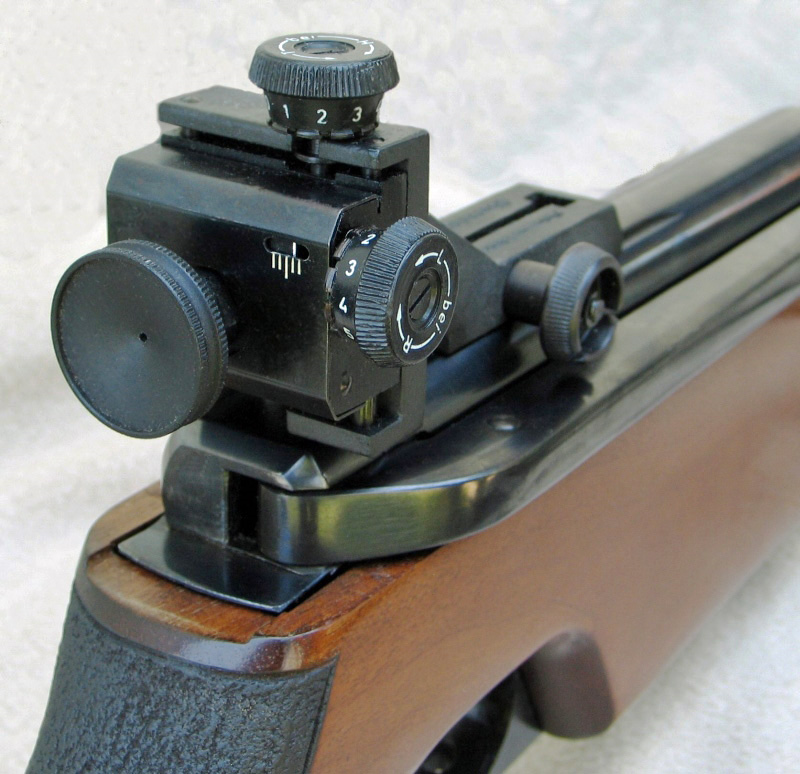
Further improvement included the installation of lens sights and led to the creation of optical sights. The addition of electronic components to optical sights has led to the creation of collimator and holographic systems, and further complicated to gyrostabilized systems, ballistic computers and, finally, projection displays and systems with augmented reality.
The first electronic sights were collimators.
The collimator sight (in English sources, the name reflector sight stuck) is an optical device that combines a natural image of a target with a parallel image of an aiming mark projected into infinity.
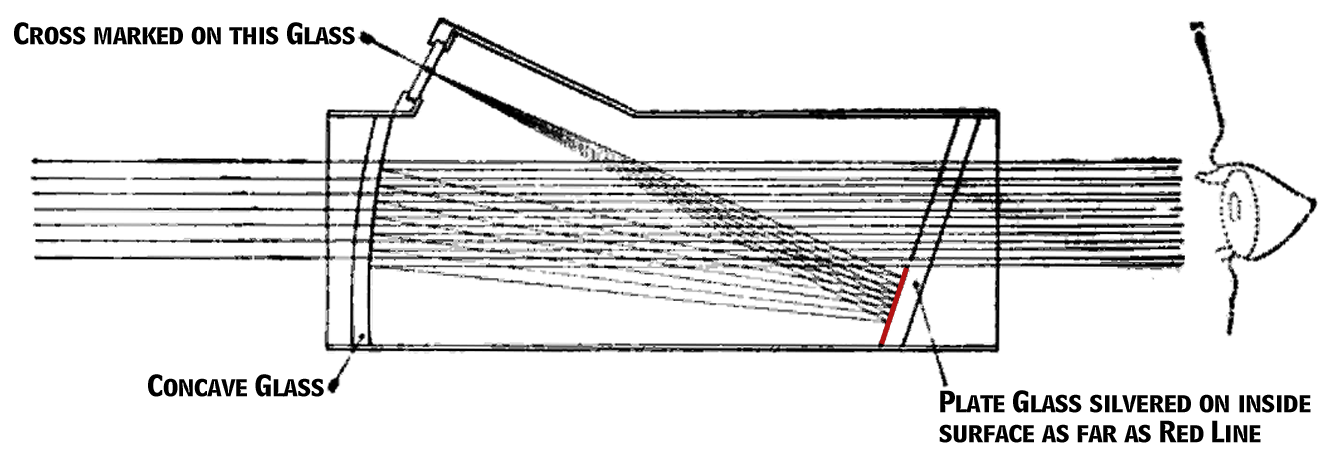
This gives two big advantages: first, you can aim with two eyes, which does not narrow the field of view and allows you to react in a timely manner to the changing environment; secondly, the sighting frame is projected into the eye in a parallel flow and remains on the optical axis of aiming regardless of the position of the operator’s head - the mark moves along the sight lens, but remains on the aiming point.
Optical sights allow high-precision shots to be made over long distances, but collimator sights greatly benefit from sighting speed and effective work with targets that move quickly.

This technology was developed and patented in 1900 by the Irish optician Howard Grubb.
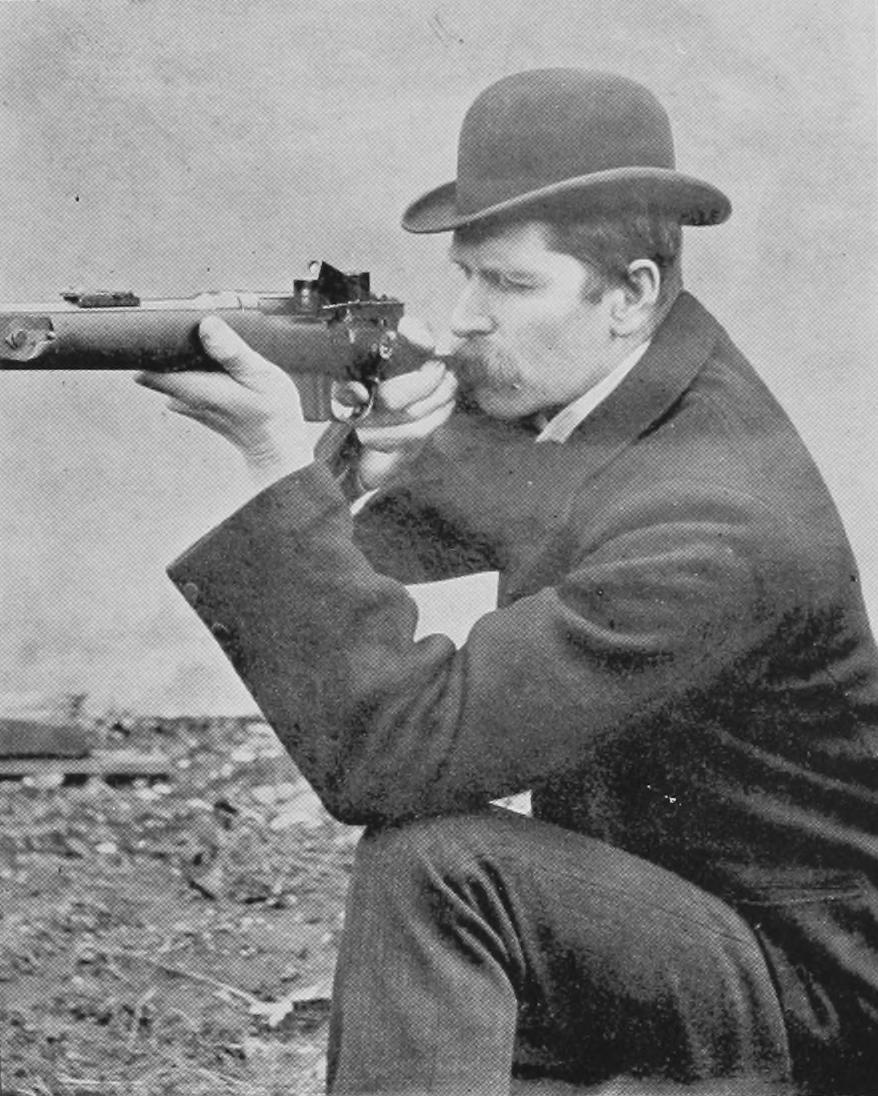
Howard Grubb with his invention
Moreover, the technology was originally created for both small arms and for all sorts of gun platforms. The aiming mark can be formed by collecting natural light by an optical waveguide, but modern systems mainly use active illumination with LEDs or a laser.
The collimator sights managed to participate in the First World War. For example, they were installed on the Albatross and Fokker fighters.

Fokker D.VII, Rise Of Flight Screenshot
By the beginning of the Second World War, this technology has become quite common. Especially in those conditions when it was necessary to instantly and accurately calculate the distance to the target, its speed and direction, as well as take into account the advance of the shots - in aviation, air defense, in the fleet.
Below is the common British collimator sight MARK - 9. It could be seen on turrets and defensive machine guns of bombers, as well as on quadruple anti-aircraft installations.
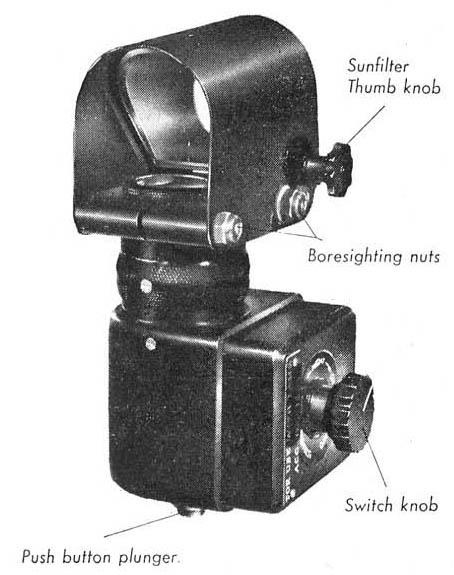
And this is a sight with a ballistic computer. Advanced technology of its time!
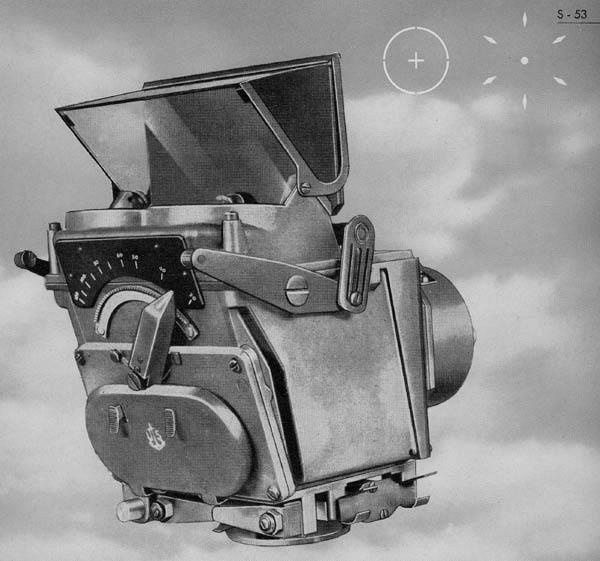
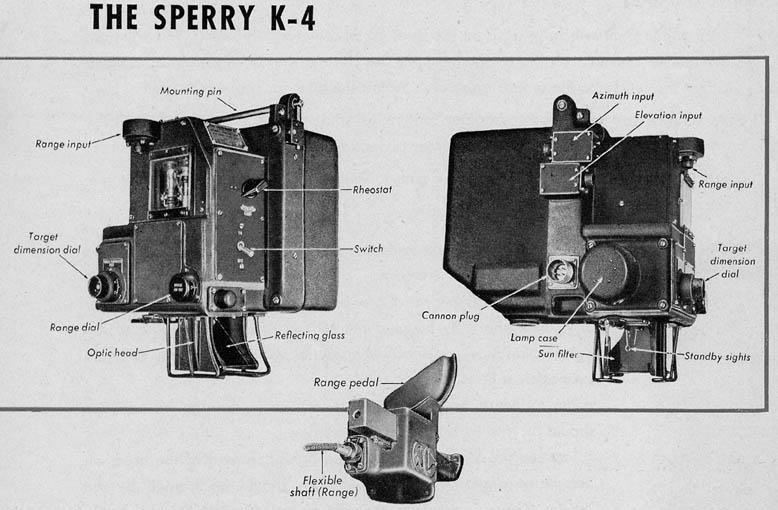
How it works:
Later, other necessary data were added to the image of the aiming mark and the ballistic calculator, such as engine operating modes, navigation conditions, etc.
A classic aviation projection display appeared:
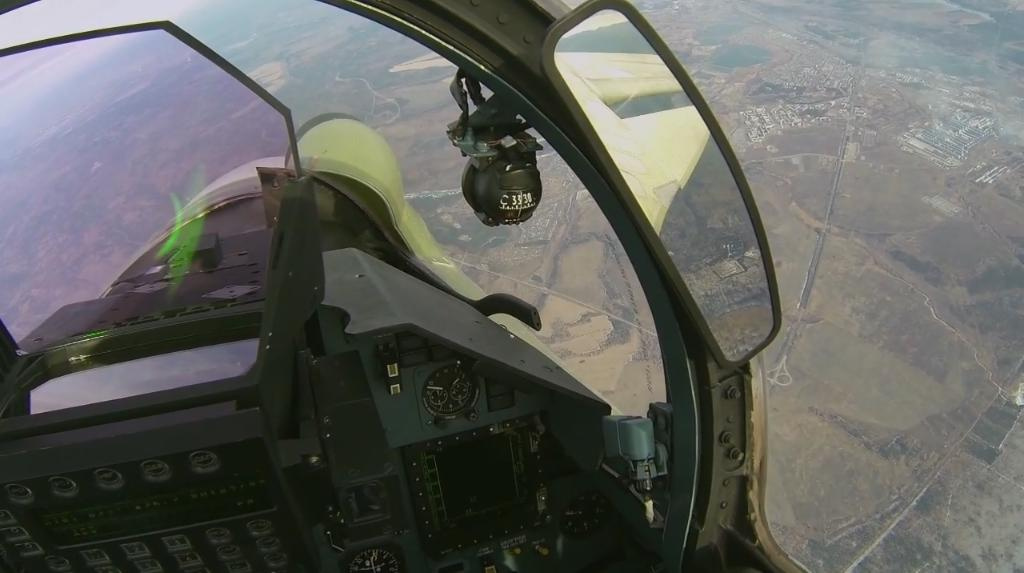

As a rule, military technologies find their peaceful application. This happened in civil aviation, where the most important is maximum safety.
According to statistics, the most dangerous and tense periods of flight are takeoff and landing. At the same moments, the pilots of the airliner experience the maximum information load.
Projection screens were first installed in civilian airliners in the early 80s in Alaska. In contrast to the battle, civilian projectors were attached to the ceiling, and the reflector reclined only as needed:
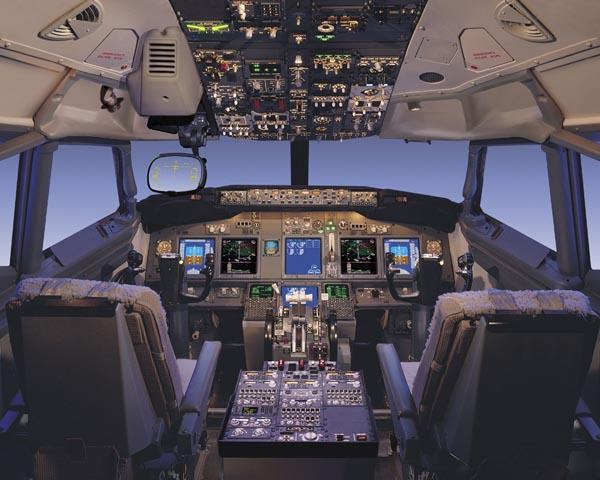
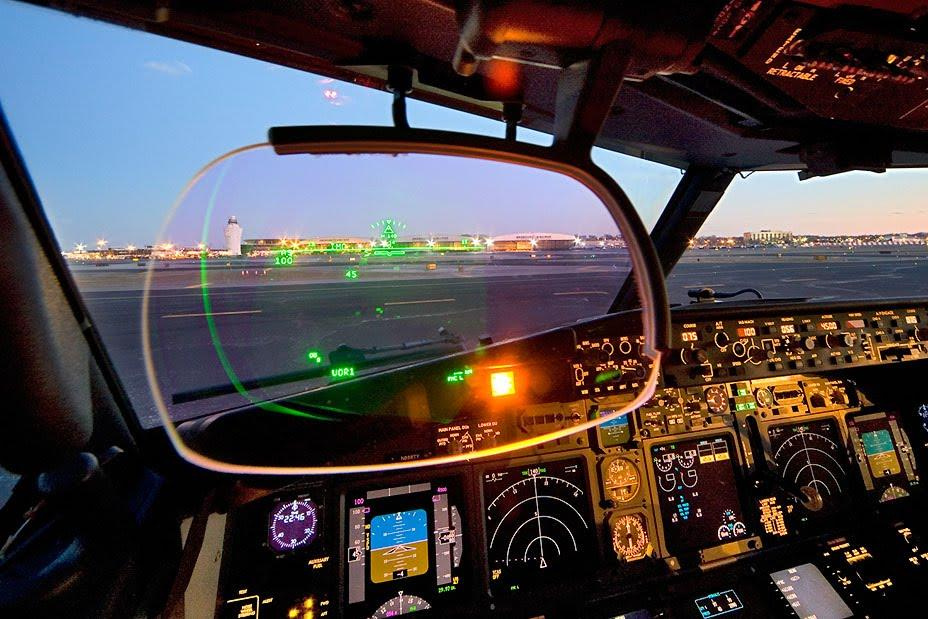
The main objective of this device is to provide take-offs and landings at night and in difficult weather conditions. When landing, the screen displays the direction to the correct runway, the optimal glide path, and even calculates the touch point. All this allows the pilot not to be distracted by the instruments and constantly keep the runway in sight.
Projection displays are still widely used in military aviation, but they have a significant drawback. Air combat occurs in three-dimensional space, which forces the pilot to turn his head 360 degrees, and vital information is displayed on a permanently fixed screen.
That is why designers have long been thinking about integrating HUD into a flight helmet.
The first serial attempt at the US Navy was made in 1969 and was called VTAS (Visual Target Acquisition System). In the first generation, the descending monocular allowed the pilot to capture the target and direct airborne air-to-air missiles without using a stationary projection display.
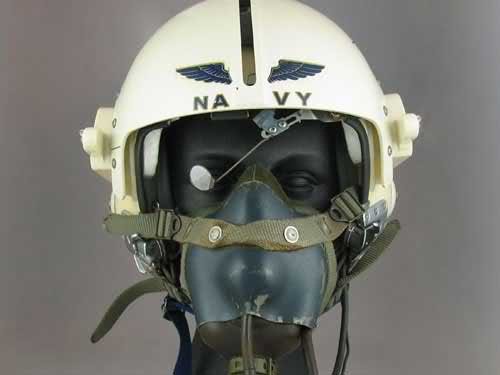
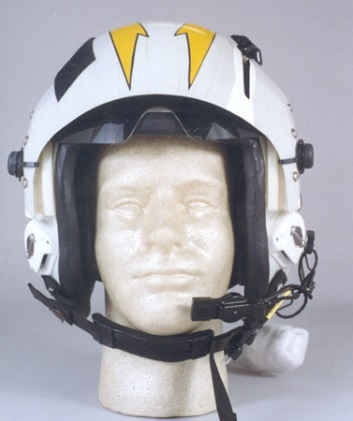
Domestic counterparts were developed for the MIG-29 and SU-27, performed the same functions and were called "Sura" and "Shchel".
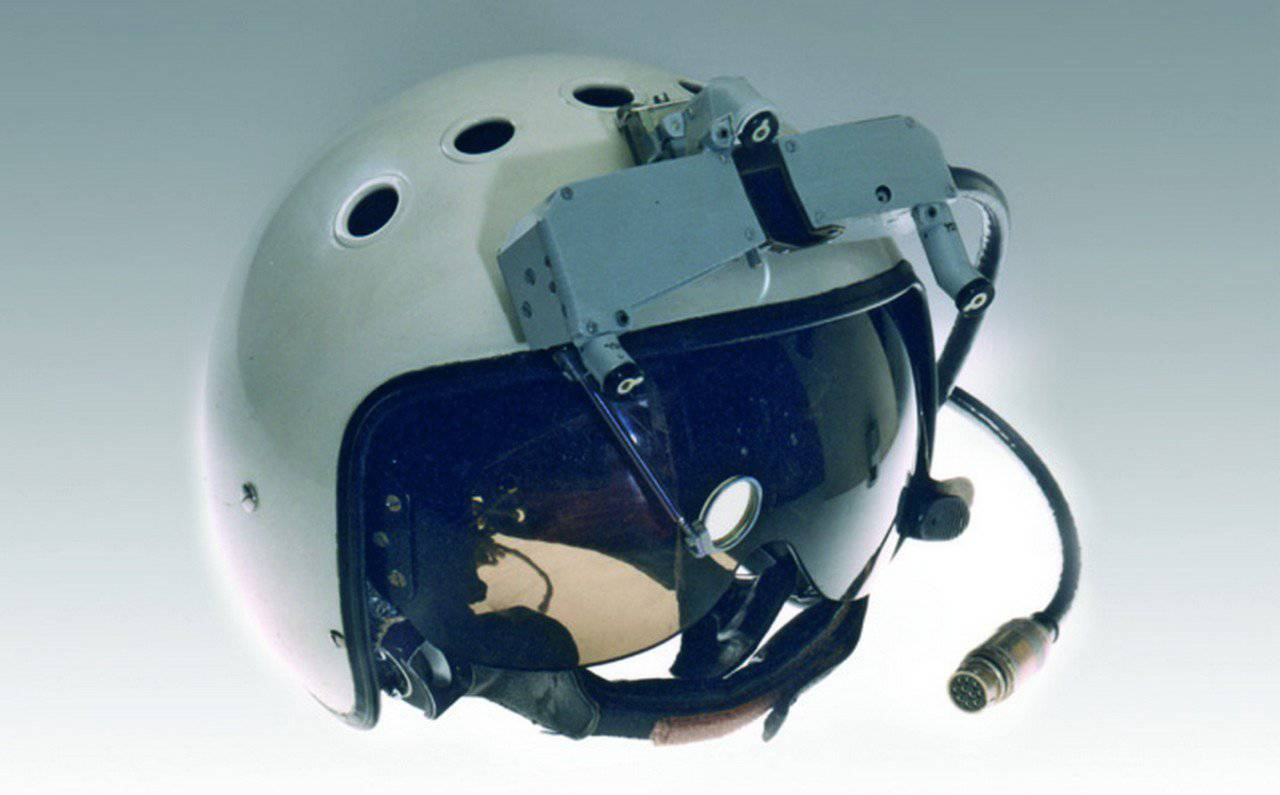
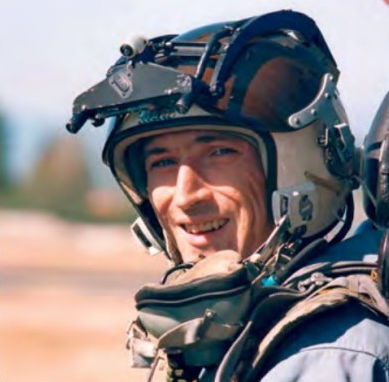
Helicopter pilots also did not ignore. In the famous KA-50, the Obzor-800 complex was used.

And the Apache pilots use the more advanced IHADSS monoculars:

This is a more serious device that provides not only target designation, but also navigation, image output in the infrared range for night flights and much more.
At the same time, IHADSS training is very difficult, long-term and causes terrible headaches. The pilot literally adapts to the chameleon vision mode, when the pupils of the right and left eyes begin to work asynchronously. Even this skill is forgotten after a long break, and you have to adapt again.
Modern systems do not have this disadvantage, since they are binocular. Here are some of them:
Helmet for the pilot PAK FA:
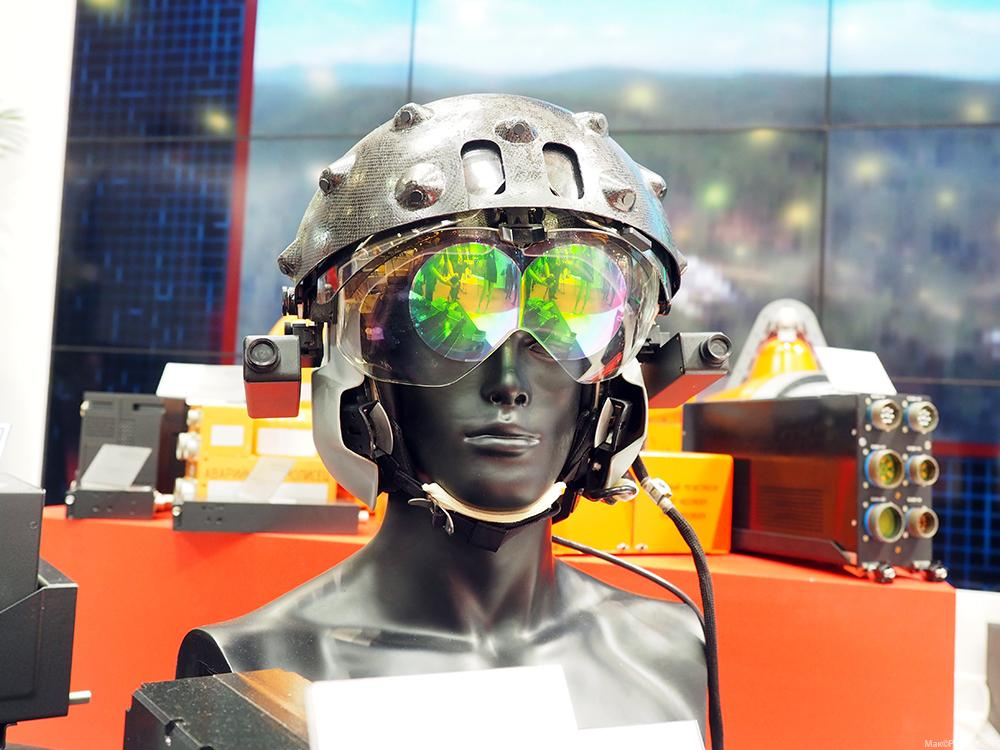
Helmet for the pilot from BAE Systems:

Modern systems are much easier and more perfect than the first generation, they are able to display all possible data on the operation of onboard systems, control the flight and navigation modes, as well as ensure the output of an improved and processed image in real time.

And if the first prototypes in the last century did not go into the series due to the large weight and risk for the pilot's neck, then in the present this problem is solved:

Military innovations are adapted for civilian use, for example, the development of the THALES concern for civil aviation:

There is also a sphere where navigation in three-dimensional space is vital - this is underwater work. Divers Augmented Vision Display (DAVD) is designed to navigate, communicate and facilitate the work of divers.
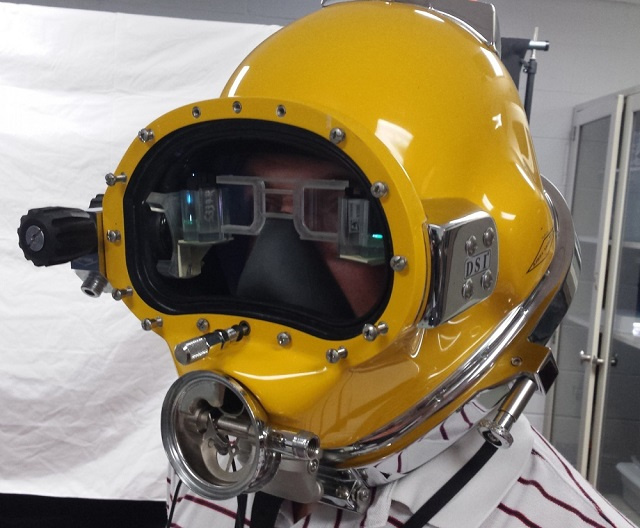
Here is how the complex works:
It can be argued that with the development of HUD technology, we will see more and more new types of sights for various kinds of weapons, as well as systems that will make civil aviation flights even more comfortable for the pilot and safe for passengers.
Most technological breakthroughs and new technologies are most often forged in the crucible of war, and in war they are tested and improved.

Collimator sights and projection displays (HUD) are no exception. Attempts to improve the aiming devices of firearms have been made since its invention. There were experiments with open and closed sights.
Various types and forms of open sights with the front sight and the whole were invented:

Ring sights, aperture and dioptric:


Further improvement included the installation of lens sights and led to the creation of optical sights. The addition of electronic components to optical sights has led to the creation of collimator and holographic systems, and further complicated to gyrostabilized systems, ballistic computers and, finally, projection displays and systems with augmented reality.
The first electronic sights were collimators.
The collimator sight (in English sources, the name reflector sight stuck) is an optical device that combines a natural image of a target with a parallel image of an aiming mark projected into infinity.

This gives two big advantages: first, you can aim with two eyes, which does not narrow the field of view and allows you to react in a timely manner to the changing environment; secondly, the sighting frame is projected into the eye in a parallel flow and remains on the optical axis of aiming regardless of the position of the operator’s head - the mark moves along the sight lens, but remains on the aiming point.
Optical sights allow high-precision shots to be made over long distances, but collimator sights greatly benefit from sighting speed and effective work with targets that move quickly.

This technology was developed and patented in 1900 by the Irish optician Howard Grubb.

Howard Grubb with his invention
Moreover, the technology was originally created for both small arms and for all sorts of gun platforms. The aiming mark can be formed by collecting natural light by an optical waveguide, but modern systems mainly use active illumination with LEDs or a laser.
The collimator sights managed to participate in the First World War. For example, they were installed on the Albatross and Fokker fighters.

Fokker D.VII, Rise Of Flight Screenshot
By the beginning of the Second World War, this technology has become quite common. Especially in those conditions when it was necessary to instantly and accurately calculate the distance to the target, its speed and direction, as well as take into account the advance of the shots - in aviation, air defense, in the fleet.
Below is the common British collimator sight MARK - 9. It could be seen on turrets and defensive machine guns of bombers, as well as on quadruple anti-aircraft installations.

And this is a sight with a ballistic computer. Advanced technology of its time!


How it works:
Later, other necessary data were added to the image of the aiming mark and the ballistic calculator, such as engine operating modes, navigation conditions, etc.
A classic aviation projection display appeared:


As a rule, military technologies find their peaceful application. This happened in civil aviation, where the most important is maximum safety.
According to statistics, the most dangerous and tense periods of flight are takeoff and landing. At the same moments, the pilots of the airliner experience the maximum information load.
Projection screens were first installed in civilian airliners in the early 80s in Alaska. In contrast to the battle, civilian projectors were attached to the ceiling, and the reflector reclined only as needed:


The main objective of this device is to provide take-offs and landings at night and in difficult weather conditions. When landing, the screen displays the direction to the correct runway, the optimal glide path, and even calculates the touch point. All this allows the pilot not to be distracted by the instruments and constantly keep the runway in sight.
Projection displays are still widely used in military aviation, but they have a significant drawback. Air combat occurs in three-dimensional space, which forces the pilot to turn his head 360 degrees, and vital information is displayed on a permanently fixed screen.
That is why designers have long been thinking about integrating HUD into a flight helmet.
The first serial attempt at the US Navy was made in 1969 and was called VTAS (Visual Target Acquisition System). In the first generation, the descending monocular allowed the pilot to capture the target and direct airborne air-to-air missiles without using a stationary projection display.


Domestic counterparts were developed for the MIG-29 and SU-27, performed the same functions and were called "Sura" and "Shchel".


Helicopter pilots also did not ignore. In the famous KA-50, the Obzor-800 complex was used.

And the Apache pilots use the more advanced IHADSS monoculars:

This is a more serious device that provides not only target designation, but also navigation, image output in the infrared range for night flights and much more.
At the same time, IHADSS training is very difficult, long-term and causes terrible headaches. The pilot literally adapts to the chameleon vision mode, when the pupils of the right and left eyes begin to work asynchronously. Even this skill is forgotten after a long break, and you have to adapt again.
Modern systems do not have this disadvantage, since they are binocular. Here are some of them:
Helmet for the pilot PAK FA:

Helmet for the pilot from BAE Systems:

Modern systems are much easier and more perfect than the first generation, they are able to display all possible data on the operation of onboard systems, control the flight and navigation modes, as well as ensure the output of an improved and processed image in real time.

And if the first prototypes in the last century did not go into the series due to the large weight and risk for the pilot's neck, then in the present this problem is solved:

Military innovations are adapted for civilian use, for example, the development of the THALES concern for civil aviation:

There is also a sphere where navigation in three-dimensional space is vital - this is underwater work. Divers Augmented Vision Display (DAVD) is designed to navigate, communicate and facilitate the work of divers.

Here is how the complex works:
It can be argued that with the development of HUD technology, we will see more and more new types of sights for various kinds of weapons, as well as systems that will make civil aviation flights even more comfortable for the pilot and safe for passengers.
All Articles